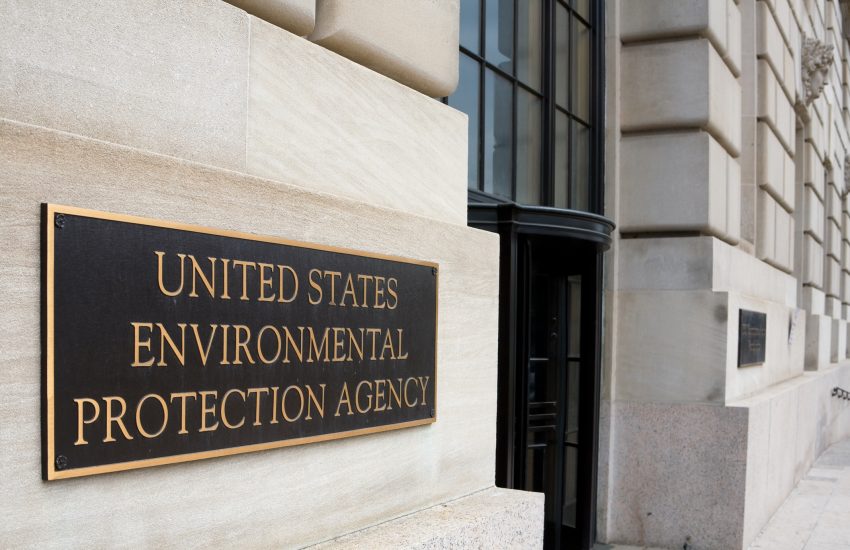With COVID diagnoses spiking across the United States this summer, we cannot yet claim that the pandemic is behind us. In fact, we are still experiencing residual medical device and equipment shortages, which has caused medical providers to spend billions on alternative sterile medical products and even implementing rations in some cases. Complicating the issue is the fact that, typically, only a handful of manufacturers and suppliers distribute these life-saving products, so alternatives can be difficult to procure. Shortages appear to be endangering other vulnerable parts of the medical-device supply chain – so much so that a federal agency that typically operates under the radar is publicly suggesting caution in applying new emissions standards that could exacerbate medical supply-chain difficulties.
Sterilizing facilities that use ethylene oxide (EtO), a uniquely effective gas regularly used to sterilize billions of medical devices and products per year in the United States, are even smaller in number than the medical-device companies currently facing shortages — a fact the sterilizing industry drew to President Biden’s attention earlier this year in a public letter explaining the dangers of shutting down or limiting the operations at EtO sterilizing facilities on which a world still battling a lingering pandemic is largely dependent (covered by ELM here). Coupled with an onslaught of lawsuits (reported by ELM here) alleging injuries resulting from exposure to EtO emissions, and the U.S. Environmental Protection Agency’s extensively revamped rules concerning sterilizing facilities emitting EtO (broken down by ELM here) released this past April, the availability of this essential sterilizer could also be in jeopardy, just like the devices and equipment it so effectively sterilizes for life-saving and maintaining purposes.
Indeed, in contrast to the EPA’s full-speed-ahead approach to limit the use of EtO, the U.S. Food and Drug Administration has publicly expressed caution – especially in the midst of a national medical supplies shortage – in reducing the use of EtO too much and too quickly, a sentiment echoing the industry’s letter to the Biden Administration warning of the dangers of artificially limiting, by mandate, the use of EtO through the EPA’s new rules. FDA Commissioner Robert M. Califf explicitly expressed this worry to Congress during testimony this past May, telling it that the FDA had “concerns” about the EPA’s more stringent EtO rules, explaining that, “A sudden restriction would create substantial difficulty with critical medical devices. EPA is in the lead in this.” This is in alignment with the FDA’s position asserted that same month, when FDA officials informed medical device executives that they were “very worried” about potential EtO shortfalls and that, although the FDA respected the EPA’s mission to reduce cancer-causing EtO emissions, the FDA was more focused on ensuring there were no disruptions to the sterilizer supply chain as the new EPA rules are implemented.
Although the public nature of this interagency disagreement is unusual, the FDA has signaled that it is still working on fulfilling its promise to work with commercial sterilizers to find an alternative to EtO in order to advance the goals of the new EPA rules. Just a few weeks ago, on July 24, the FDA announced an update of its Recognized Consensus Standards, officially recognizing the international standard on the use of low-temperature vaporized hydrogen peroxide as a sterilizer of medical devices and equipment. The FDA’s Center for Devices and Radiological Health (CDRH) described this recognition as “an important sterilization method” for medical device manufacturers. The CDRH also recognized two technical report standards, addressing the compatibility of materials subjected to sterilization and guidance on transferring healthcare products between radiation sterilization sources. The CDRH believes these recognitions will work to increase the supply chain resiliency and quell shortage fears.
In further efforts to diminish the challenges of relying on very limited quantities and types of sterile medical devices and equipment, Congress is reevaluating the country’s readiness for another COVID-like public health emergency requiring sudden increases in such equipment by considering a reauthorization of pandemic preparedness legislation. Similarly, during his testimony before Congress, FDA Commissioner Califf testified about ways to respond to future public-health security risks, which encompasses strengthening medical device and sterilization supply chains. As for interagency cooperation, Califf further testified that the FDA and the EPA were working together to decrease EtO emissions from sterilizing facilities.
Notably, the EPA recently extended the public comment period on its proposed EtO rules (as reported by ELM here). Whether the EPA will further pump the brakes and heed the FDA’s exhortation that its agency cousin be judicious and cautious in pushing its more aggressive new EtO emissions standards during our COVID hangover, however, has yet to be seen.

